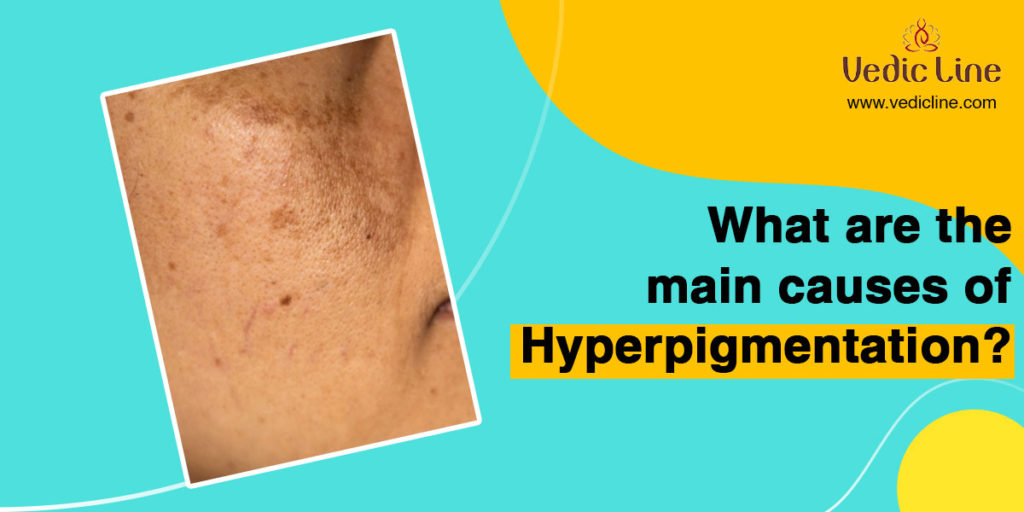What Makes Hyperpigmentation and Hypopigmentation Different

Skin discoloration is quite possibly the most widely recognized issue looked at by everyone. Most pigmentation issues can be delegated to either hyperpigmentation and hypopigmentation (easing up of the skin) in nature. While the two circumstances can influence people with any complexion, hyperpigmentation is more outstanding in people with lighter complexions while hypopigmentation is most noticeable in patients with hazier complexions. Either type of staining can bring about a lopsided complexion because of the adjustment of differentiation contrasted with unaffected segments of the skin.
In this blog, we’ll examine the distinctions between hyperpigmentation and hypopigmentation, alongside preventive measures and treatment choices for the two circumstances.
Hyperpigmentation and Hypopigmentation
Hyperpigmentation
This is the skin condition that most people are familiar with; it broadly refers to the uneven appearance or coloring of the skin, whether it be scars from a skin breakout or sun spots from frequent sun exposure.
The fundamental factors that cause hyperpigmentation are:
Skin inflammation
An obstinate skin inflammation breakout in some cases abandons scars or discoloration. Such cases are by and large named post-fiery aggravation (PIH), in which a physical issue or irritation to the skin brings about expanded melanin creation.
Pregnancy
Hormonal changes that outcome during pregnancy can likewise animate our body’s melanin-production cells, bringing about dim spots ordinarily known as melasma. This occurs so habitually that melasma is in some cases named “the cover of pregnancy”.
Sun/UV Harm
Long periods of delayed openness to the Sun’s UV beams can bring about lopsided color creation over the long haul, bringing about the presence of melasma, even though melasma can likewise be set off by hormonal changes.

Where does hyperpigmentation likely to occur?
Hyperpigmentation patches are most noticeable on the face, yet usually happen where the skin is presented to the sun, like the rear of the hands, shoulders, or chest.
Melasma, a sort of hyperpigmentation patch driven by hormonal changes, most often shows up on the face, even though it can happen in any space inclined to sun openness.
Who is generally prone to hyperpigmentation?
Any of the accompanying put you in danger of creating hyperpigmentation:
- Old age
- Successive sun openness
- Restricted sunscreen use
- Pregnancy or hormonal changes
- Addison’s illness or certain hormonal lacks
- Skin injury and scarring
- Skin breakout or other skin-harming conditions
Could hyperpigmentation at any point be prevented?
Hyperpigmentation is best forestalled by staying away from extreme sun openness and utilizing sunscreen every day. In any event, when affected by chemicals, hyperpigmentation is more awful where sun openness happens.
Hyperpigmentation treatment
It’s ideal to treat hyperpigmentation when you initially start to see it. While treating, forestall further harm by following an everyday sun insurance routine. Treatment for hyperpigmentation incorporates the accompanying:
Time
Some chemical-related cases might determine all alone. Prescription-instigated hyperpigmentation, for instance, frequently clears all alone when utilization of the medicine is ceased.
Chemical Peel
A chemical peel can diminish hyperpigmentation by eliminating the upper-most layer of skin, where an overabundance of melanin is put away.
Laser Treatment
Laser treatment and Extraordinary Beat Light Treatment target and separate melanin in the skin, diminishing hyperpigmentation.
Hypopigmentation
Hypopigmentation is the decline in how much melanin is in the skin. The regular discoloration of your skin is because of the presence of a color known as melanin. Melanin is delivered by specific cells called melanocytes present in the epidermis layer of the skin. Loss of melanin in a specific region of your skin brings about patches that are lighter or more white than your basal complexion. Hypopigmentation patches causes are especially conspicuous among individuals who have more obscure skin, be that as it may, it influences lighter-looking individuals also.

Where it possible is that hypopigmentation will occur?
Hypopigmentation spots can happen on the face or any place on the body. It’s occasionally more obvious on the region of the skin presented to the sun, since obscuring of encompassing skin increments contrast.
Hypopigmented patches causes
Hypopigmentation because of a decline in melanin can be driven by restraint of melanin creation or abatement in the actual melanocytes. A couple of typical reasons for hypopigmentation include:
- Injury to the skin
- Contagious disease
- Auto-insusceptible illness
Tips to prevent hypopigmentation
- Some types of hypopigmentation, including vitiligo and albinism, are congenital (inherited from birth), therefore they cannot be stopped. Avoiding direct sunlight will stop the skin issue from getting worse.
- Care should be taken to prevent potential reinfections in cases where infections have caused hypopigmentation. To prevent drug resistance, you should finish the entire course of antibiotics or antifungals.
How long does hypopigmentation that results from treatment last?

In people with darker skin tones, hypopigmentation patches may develop after receiving some cosmetic procedures including laser therapy. Typically, these patches start to show up a few weeks after the therapy and can last for up to a few months. Such patches occasionally—and incredibly rarely—might turn permanent.
Final Take Away
The majority of skin discolorations, including Hyperpigmentation and Hypopigmentation, are generally innocuous and disappear on their own over time. Yet, some people may experience psychological stress due to their uneven skin tone, so they choose other treatment options to get a more equal complexion. But, before beginning a particular course of treatment, you should have a detailed discussion with your doctor and comprehend the benefits and drawbacks. Hyperpigmentation and hypopigmentation may, in rare circumstances, be warning signs for serious illnesses that may need prompt medical attention.
